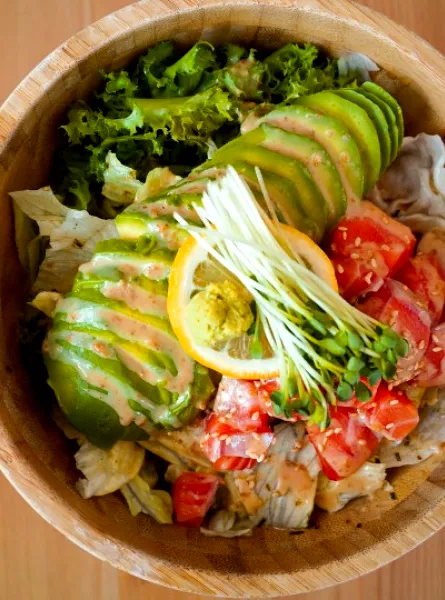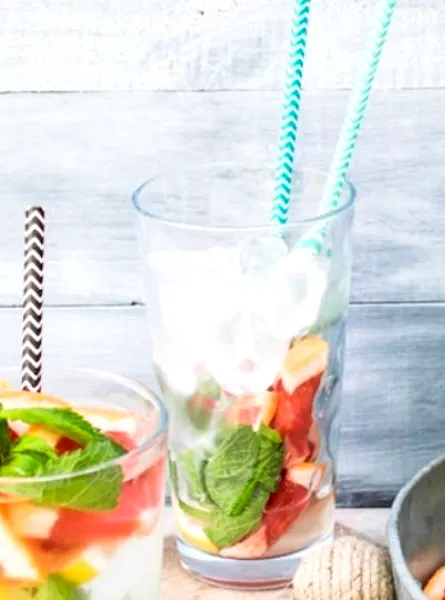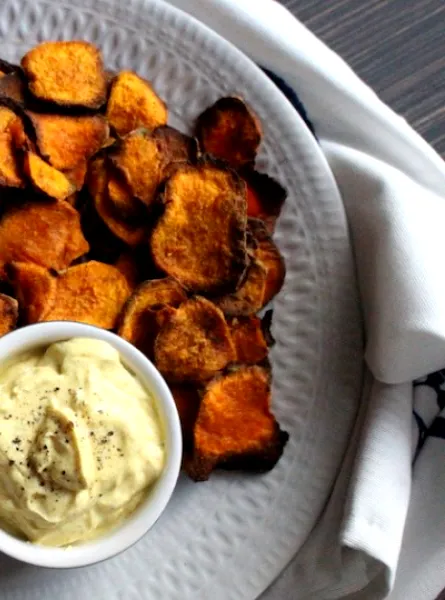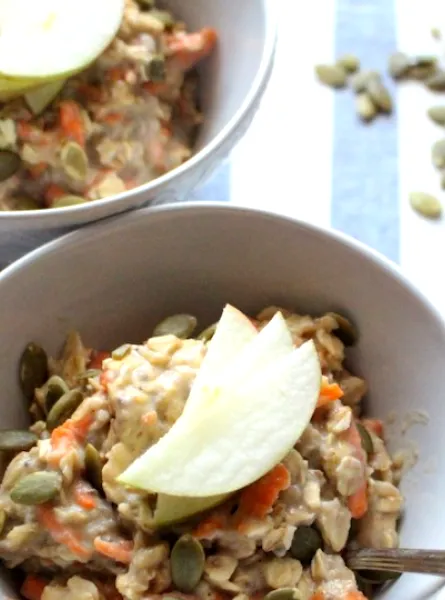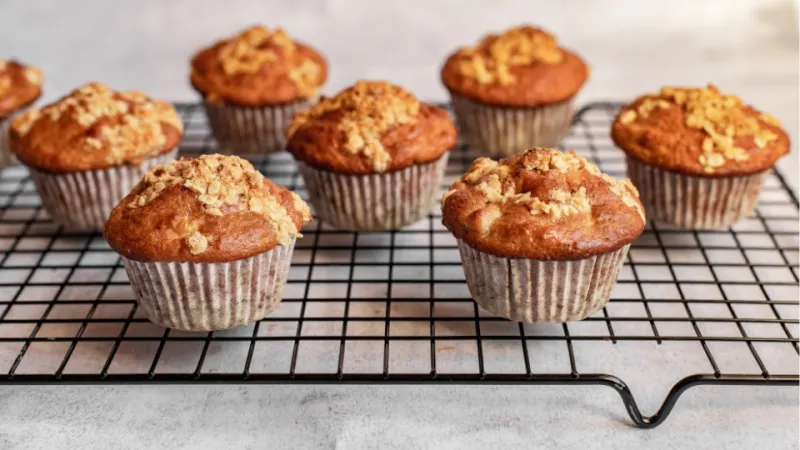
We all have our own little things that make our lives easier. So here are my nutrient tips to help you eat better and waste less!
1- Replace the oil with applesauce
It is possible to reduce the amount of fat you use to bake muffins and cakes without affecting their taste or texture. Simply replace half the fat with the same amount of unsweetened applesauce or banana purée. The role of fat is normally to keep the crumb soft and moist. The use of fruit purée preserves this tenderness and moisture while cutting the fat in half!
2- Slip white beans into the recipes
White beans are one of those foods that are often forgotten, but that certainly deserve to be discovered. With 6g of fibers and 8g of proteins per serving as well as a wide range of vitamins and minerals such as iron, calcium, zinc, magnesium and B complex vitamins, they are a real nutritional bomb! White beans have the advantage of being more neutral in terms of taste and colour than other legumes. They can therefore be slipped neither seen nor known in several recipes. For example, replace the potato in a soup with a can of white beans or add ½ cup to a smoothie. The result: you will feel full for longer while improving the nutritional value of your recipes.
3- Cooking with neglected food parts
• Some parts of food are systematically thrown in the garbage because we think they are inedible or because we simply don't know how to cook them! Here are some ideas to tame this food waste that will save you money and limit waste:
• Broccoli Stem: Simply peel the broccoli stem to remove the hard skin. Once peeled, it can be used in the same way as the florets. You can also store them in cubes in the freezer and then put them in a soup.
• Strawberry tails: Use strawberry tails to flavour your water.
• Ginger peel: keep the ginger peels in the freezer. You can use them to flavour your teas/tisans or water.
• Vegetable hay: Radish, carrot and beet hay are all edible! Stir them into a smoothie, or cook them like spinach. Add them to soups, quiches, pestos, etc.
• Swiss chard and beet stalk: Add these stems in sections to any vegetable stir-fry.
4- Cook the grains like pasta
You don't remember how much water you need to put in to cook different types of grains? Should you put 1 ½ or 2 cups of water per cup of rice, quinoa or barley? Don't worry; all types of grains can be cooked like pasta! Simply bring a large amount of water to a boil, add the grains and boil uncovered until the grains are tender. All that remains is to drain and serve. No need for a rice cooker!
5- Always have homemade pickles on hand
Take advantage of a weekend day to turn the vegetables in your fridge into a pickle! Several types of vegetables can be used, including red onions, radishes, red cabbage, beets and carrots. This is a great opportunity to use vegetables that are starting to get "ugly" or those you don't think you will use soon. In addition to increasing their shelf life, this allows you to always have vegetables on hand to enhance a dish quickly. The tangy taste goes perfectly with sandwiches, wraps, burgers, dragon bowls and poke bowl!


